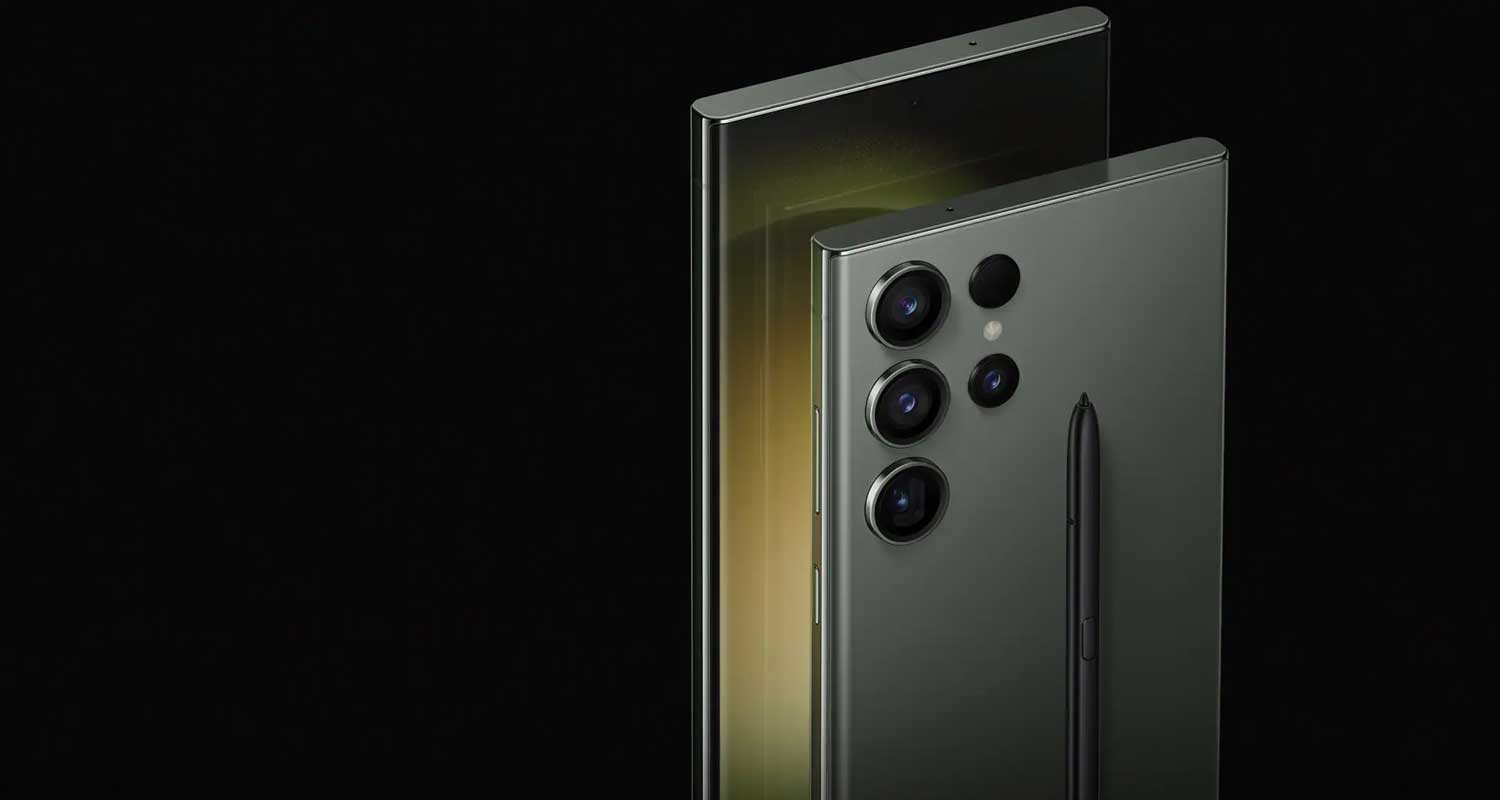Samsung Electronics is not having a good start to 2025, at least when it comes to the latest software update for its ubiquitous smartphones.
The roll-out of Samsung’s One UI 7, built on Android 15, has been highly anticipated for months. The software promises exciting features for millions of users. But it’s been a rocky road for the company.
One UI 7 was officially completed on 17 March 2025, with Samsung initially planning a roll-out starting on 7 April to supported devices, including its premium Galaxy S series and Galaxy Z series handsets, beginning in its home market of South Korea, followed by the US, Canada and parts of Europe.
A phased launch helps Samsung monitor the initial deployment and address any regional glitches that might crop up.
A major highlight of One UI 7 is its deep integration of artificial intelligence, branded “Galaxy AI” and designed to make everyday phone use smarter and more intuitive. The user interface is also receiving a refresh, with Samsung aiming for a cleaner and more engaging feel. It includes a redesigned homescreen and widgets. Navigation has also seen a change with separate pull-down gestures for Notifications and Quick Settings.
Other new features included the “Now Bar” on the lock screen for real-time updates and quick controls (like music and fitness tracking) and “Now Brief”, offering personalised daily information like weather and appointments directly on the lock screen or via the Edge panel.
New tools
The “Galaxy AI” suite in One UI 7 is bringing a range of new tools:
- Writing Assist for grammar and tone correction;
- Call Transcripts for recording and transcribing calls;
- Audio Eraser for removing background noise in videos;
- Drawing Assist for creating images from sketches or text;
- AI Select for intelligent content selection and enhanced AI-powered search within Settings and the Gallery.
Beyond AI, One UI 7 offers more lockscreen customisations, an optional vertical app drawer, the “Knox Matrix” dashboard for managing security across Samsung devices, the ability to block USB connections when locked and a manual battery charge limit to help extend battery life.
Read: Samsung adds AI to world’s top-selling TV line-up
Samsung first announced One UI 7 in November 2024, followed by a public beta in December for select flagships. The initial stable roll-out began on 7 April, roughly six months after Android 15’s final version. This gap likely contributed to user anticipation and a feeling of delay, as Samsung was among the last major manufacturers to update their 2024 flagships to Android 15.
 However, soon after the 7 April launch, reports surfaced that Samsung had paused the global roll-out of One UI 7. Official statements to tech outlets indicated that the schedule was being “updated to ensure the best possible experience”, suggesting an issue had been uncovered.
However, soon after the 7 April launch, reports surfaced that Samsung had paused the global roll-out of One UI 7. Official statements to tech outlets indicated that the schedule was being “updated to ensure the best possible experience”, suggesting an issue had been uncovered.
Reports and analyses pointed to a “serious bug” affecting Galaxy S24 devices in South Korea, specifically causing users to be unable to unlock their phones after the update. This issue seemed to primarily affect Exynos-powered S24 models.
Some users also reported increased battery drain. Leaker Ice Universe corroborated these reports, detailing the severity of the bug. Developing a major operating system update with significant AI features across a range of devices is complex, increasing the chance of unforeseen issues even after beta testing.
Read: Google, Samsung unveil headset to take on Apple and Meta
Following the identification and presumed fix of the bug, Samsung resumed the One UI 7 roll-out on Tuesday (15 April).
For Samsung, the delay in shipping the software might not have a big impact on its market share. Repeated delays to future updates could, however, begin to sway consumers. – © 2025 NewsCentral Media
Get breaking news from TechCentral on WhatsApp. Sign up here.
Don’t miss:
Samsung to beat Apple to ultrathin phone with Galaxy S25 Edge
Crédito: Link de origem


